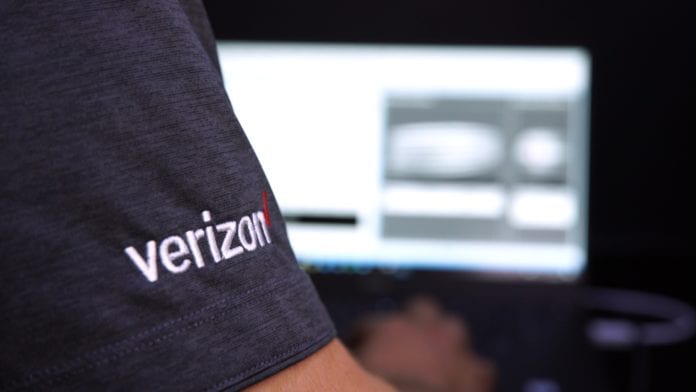Verizon CFO: 5G “created for business and society”
Adding more millimeter wave-based 5G markets, building out mobile edge compute facilities, and expanding 5G coverage using Dynamic Spectrum Sharing–all 2020 priorities for Verizon that, eight months in, “We’re on track to do…even with the impact of COVID,” EVP and CFO Matt Ellis said this week at the virtual Oppenheimer Technology, Internet and Communications Conference.
“The network is at the heart of the strategy,” he said. “We talked about getting another 30 cities on 5G mobility this year. We’re very much on track with that. We talked about getting 10 MEC locations up and running…We announced two of those last week.”
Verizon recently announced it has partnered with AWS Wavelength to provide MEC capabilities in Boston and the Bay area that can be accessed by developers to put together latency-sensitive applications; the carrier showed off healthcare- sports-focused applications with the MEC announcement.
Ellis provided some commentary on the 5G application development piece, channeling comments from CEO Hans Vestberg. “5G is the first mobile technology that wasn’t created for consumers. Primarily, it was created for business and society…We now have the ability to move enterprise-scale amounts of data over wireless networks.”
He further commented: “And initially, when we talked about the latency that comes with 5G, it was like, ‘OK. That’s great for autonomous vehicles, but what else?’ Well, now you’re starting to see, as we work with people, people are figuring out why that latency matters so much more. And so those applications are being developed, whether for consumers, whether for B2B applications. We’re incredibly excited about what’s to come there. And really, some game-changing technology, we think, will be in front of consumers and businesses in the not-too-distant future.”
Ellis also noted that Verizon’s 5G Lab facilities have gone virtual during the ongoing COVID-19 pandemic; “So we’ve been able to continue that work with our partners across…most industry verticals.”
On the DSS front, AT&T has employed the technology to expand the reach of its 850 MHz-based 5G to “nationwide” availability. T-Mobile can also claim “nationwide” coverage primarily based on its 600 MHz holdings but being rapidly augmented with the 2.5 GHz spectrum that came with the Sprint merger.
Ellis’ comments on DSS are consistent with what we’ve heard from Verizon previously–the company will “turn it on when the commercial teams felt it was the right time in the second half of the year.” From his perspective as CFO, “DSS is something that we’ve not had, but it’s super exciting. This is the first time that I’ve had the ability to say that piece of spectrum, I don’t have to allocate it to one generation technology or the other, right? If you think about it, today, over the past few years, it’s — our 700 megahertz, it’s for 4G. Our 850 megahertz, it’s for 3G, right? And as I think about this now, I’m going to be, ‘I don’t have to do that.’ I can just say use DSS and say that spectrum goes to whatever — whichever user needs it, a 4G user or a 5G user.”

